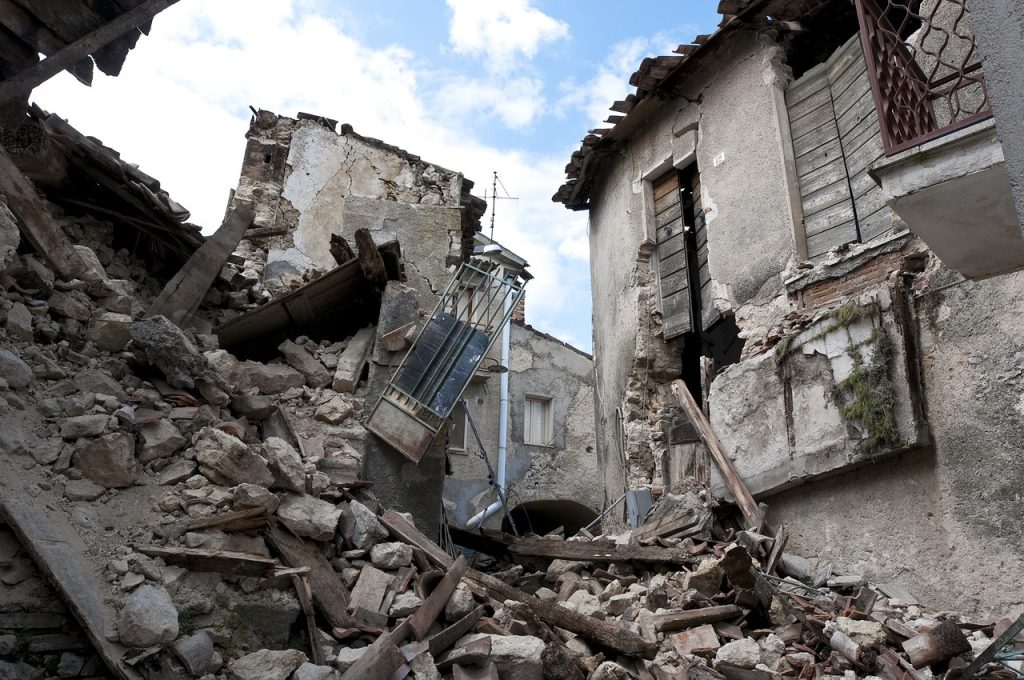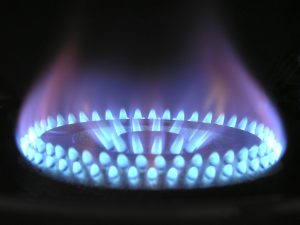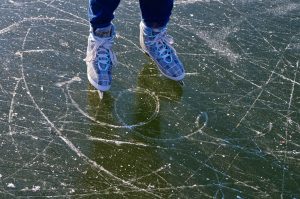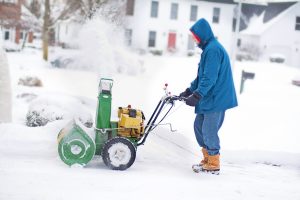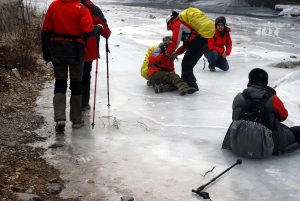With Sunday’s 6.8 magnitude earthquake shaking the eastern end of Cuba, after weeks of hurricanes and blackouts that left many on the island reeling, we thought it would be timely to provide you with some helpful tips on surviving an earthquake.
If an earthquake does strike your area, knowing these earthquake survival tips can make the difference between life and death whether outside, inside, or in a vehicle.
Among the most destructive natural disasters, earthquakes occur mainly near the edges of tectonic plates, but they can happen just about anywhere. Earthquakes cannot be predicted, but your chances of earthquake survival are much better if you know what to do when an earthquake strikes.
Safety Tips if You’re Outdoors:
- Stay Put! Remain where you are unless you are somewhere unsafe. Check your surroundings, especially if you are in an urban area. Don’t attempt to run away from an earthquake – this only increases your risk of injury.
- Move away from buildings, streetlights, power lines, and anything else that could fall. Keep in mind that even earthquake-proof buildings have a chance of falling, so don’t assume you are completely safe. Also make sure you are not near an open fault or sinkhole. People have died after falling into large holes which suddenly appeared at the time of the earthquake. These can appear anywhere, including on roads or in parks.
- Seek shelter near a hill or in a wide-open area. If you are near objects that could fall on you, head somewhere without overhead hazards. If you can, seek shelter in a place where you are protected from the weather, but make sure that you’re not somewhere where rock and soil can fall on you when aftershocks occur. Do not seek shelter under a bridge, even a sturdy one. Some bridges can be earthquake-proof, but not completely safe as objects like signs or lights can still fall on to you.
- Use caution when you decide to come out of your shelter. Wait a moment or two after the first quake before moving to any other place because of aftershocks which are usually the strongest right after the first quake. When you eventually leave, observe the safety rules above and take care that debris does not fall on you.
Survival Strategies if You’re in a Car or Truck:
- Stop as quickly as safety permits and stay in the vehicle until the earthquake is over. Even though the metal will protect you from most debris and falling objects, avoid stopping near, or under buildings, trees, overpasses, and utility wires. They can fall onto your vehicle.
- If you’re parked in a garage or multi-level parking lot, however, GET OUT OF THE CAR IMMEDIATELY and crouch down next to it as the car will not protect you from the concrete that will fall on it.
- Do not try to rush back to your home. Most major earthquakes have aftershocks, which should not be underestimated. Aftershocks have the power to bring down buildings that were damaged in the main quake.
- Proceed cautiously once the earthquake and aftershocks have stopped. Avoid roads, bridges, or ramps that might have been damaged by the earthquake.
- Wait for city or municipal relief efforts. You shouldn’t have to wait in your car for very long for relief efforts to arrive with food, water, and supplies.
If You Find Yourself in a Building:
- Steady yourself. Hold onto a solid object or get to the floor so that you do not fall. Don’t climb under a desk or other piece of furniture—crouch beside it!
- Drop, cover, and hold. This is the national standard for earthquake safety in the United States. Cover your head and neck. Use your hands and arms to protect these vital areas from falling objects. If you have any respiratory disease, make sure that you cover your head with a t-shirt or bandana, until all the debris and dust has settled. Inhaled dirty air is not good for your lungs.
- Get away from windows and stairways.
- Do not move. If it is safe to do so, stay where you are for a minute or two, until you are sure the shaking has stopped. Remember, aftershocks are possible at any time, and are likely after a big earthquake.
- Slowly and carefully leave the building. As in the case of fire, it is suggested that you and your family meet in an earthquake-safe location previously designated by your family, such as a nearby baseball diamond or park. Government help should be on the way soon.
We at Security Specialists Want You and Your Family to Stay Safe from Natural Disasters!

